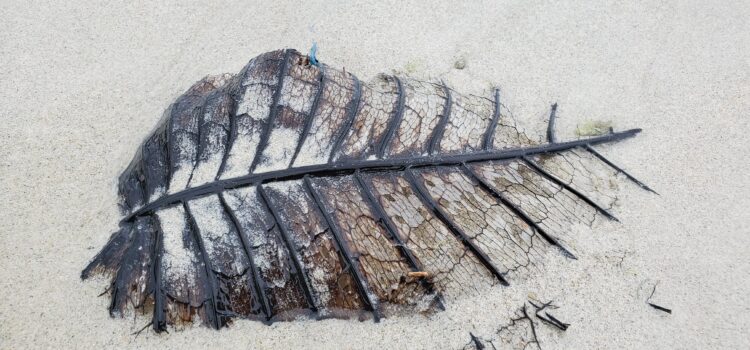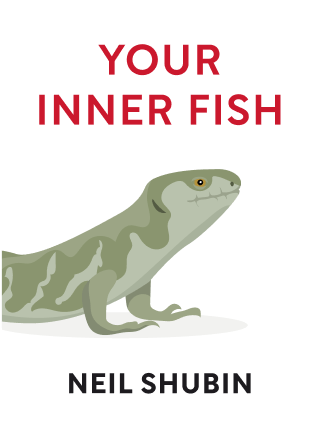

This article is an excerpt from the Shortform book guide to "Your Inner Fish" by Neil Shubin. Shortform has the world's best summaries and analyses of books you should be reading.
Like this article? Sign up for a free trial here .
What is the Tiktaalik fossil? Where did it come from and what can it tell us about human life?
The Tiktaalik fossil is an ancient fossil of the first fish with limbs. The Tiktaalik fish shows traits we currently associate with fish, amphibians, and even humans.
Read more about the Tiktaalik fossil and what it can tell us about human evolution.
Tiktaalik Fossil and Human Origins
Many features of the human body are just complex versions of those in simpler creatures that, at first glance, seem totally unlike us.
In Your Inner Fish, Neil Shubin, a professor and paleontologist who studies fish fossils, explains that understanding how a shark’s head, a reptile’s brain, and a fish’s fins developed helps make sense of complicated and confounding human anatomy.
Shubin’s exploration of our primitive connections started in the Canadian Arctic, where he and colleagues discovered a key link in the chain from the earliest creatures to humans: a 375-million-year-old fossil fish, Tiktaalik, that had features for living on land.
Ancient fossils like Tiktaalik, plus embryos and DNA, provide clues to a story of human development stretching back 3.5 billion years. The Tiktaalik fish shows relationships to early life on Earth.
Finding the Earliest Land Creature
To understand the origins of land animals and their connection to humans, Shubin set out to find evidence of the first limbed animal, or fish that walked on land. To choose where to look, he applied the three fossil-finding criteria. This lead to the discovery of the Tiktaalik fossil. Here was his criteria:
1) Rocks the right age: He focused on finding rocks 375 million years old. Researchers had found 365-million-year-old rocks containing amphibian fossils and 385-million-year-old rocks with standard fish, but there was a gap in the fossil record between 365 million and 385 million years. Shubin hypothesized that the missing link was the limbed fish.
2) Rocks of the right type: Shubin looked for sedimentary rocks because they’re the best type for preserving fossils. These rocks are formed when lakes, rivers, and oceans—habitats in which the first fish with limbs could live—deposit layers of sediment.
3) Rocks that are exposed: The last step is finding rock of the right age and type that’s also exposed, with little soil, vegetation, or human disturbance. Shubin found conditions meeting these three criteria in the Arctic.
After four expeditions over six years, Shubin and his team found what they were looking for—a complete fossil skeleton of a transitional creature between fish and land animals.
Like a fish, it had scales and fins with fin webbing, but like a land animal, it had a flat head with eyes on top and a neck. Also, the fins contained bones corresponding to salamander-type shoulder, elbow, and wrist joints, allowing it to propel itself on land. Researchers called the land-fish Tiktaalik, meaning large freshwater fish in the Inuit language. The Tiktaalik fossil remains one of the most important discoveries ever.
The Tiktaalik fish, with its rudimentary joints, including a head free of the shoulder, shares this structure with amphibians, reptiles, birds, mammals—and us.
It’s as important to our history as the African hominid fossil Lucy. Through Lucy, we trace our primate history; the Tiktaalik fossil tells us our history as fish. The story of the development of human anatomy through small changes over millennia can be read in fossils, as well as in our genes through DNA—starting with our “inner fish.” The Tiktaalik fossil has been teaching us about our inner fish since its discovery.

———End of Preview———
Like what you just read? Read the rest of the world's best book summary and analysis of Neil Shubin's "Your Inner Fish" at Shortform .
Here's what you'll find in our full Your Inner Fish summary :
- How your hands and feet are like a fish that lived hundreds of millions of years ago
- How the structure of your head can be traced back to an ancient, headless worms
- What parts of your body are uniquely human






